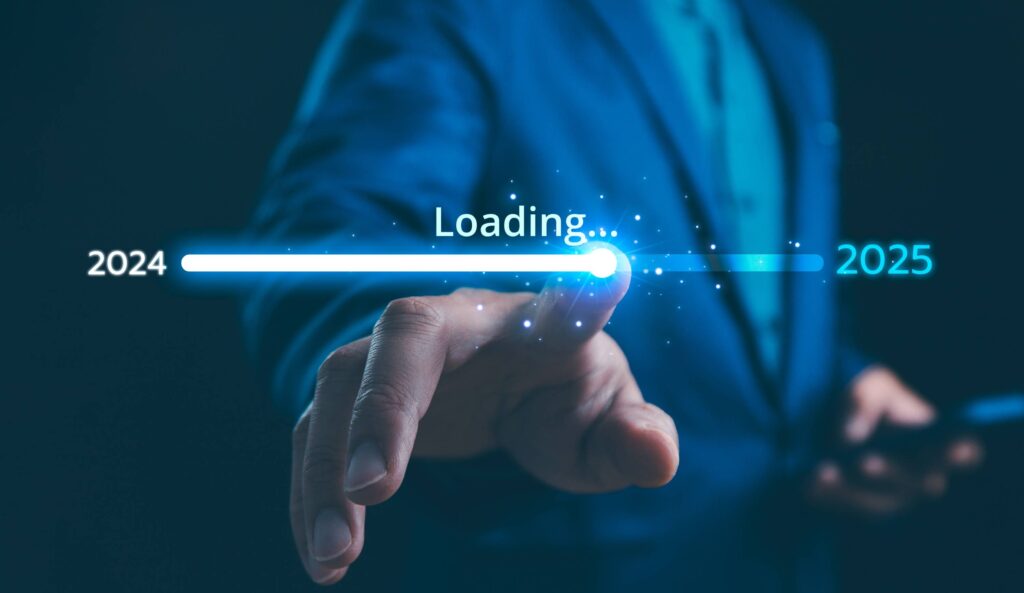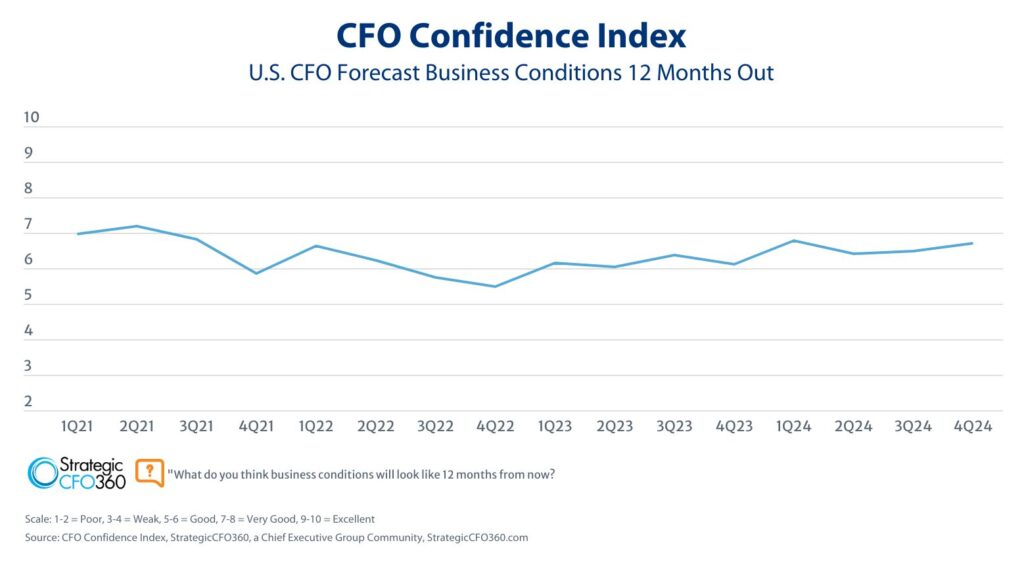As we move through the 21st century, it is clear that companies must address changes in consumer expectations around social responsibility. In addition to institutional and activist investor pressure, almost two-thirds of Millennials consider ESG issues when making investment decisions, according to Allianz Life, while 54% of Gen Xers and 42% of Baby Boomers do the same.
Taking innovative measures that lead to lower costs opens up several ESG opportunities across sectors. These positions are set to make profound transformations that some of the largest companies in the U.S. are already reaching for.
Recently, Uber committed to transitioning hundreds of thousands of drivers to electric vehicles through the company’s Green Future program by 2025. By 2030, it aims to become a zero-emission mobility platform in the U.S., Europe, and Canada. By 2040, Uber plans to expand this commitment globally by having all rides in zero-emission vehicles or through micromobility and public transportation.
JetBlue is another company that has made a strong ESG commitment to appeal to consumers. Sustainable aviation fuel is its focus for decarbonization, and the company plans to achieve a target of net-zero emissions by 2040.
Although it is important to recognize the potential of ESG initiatives, we need leaders who can deploy the resources in rapid test/learn cycles in the short term in pursuit of an ROI that will materialize in the future. Senior leaders usually exercise these actions, so it’s important that we transform the roles within our companies to reflect our goals with ESG moving forward.
How to Assess Your Company to Improve Its ESG Commitments
Though there are several things you can do to improve your company and strengthen its commitment to social responsibility, consider these three strategies:
1. Start with sustainable development goals.
In 2015, the U.N. General Assembly adopted the 2030 Agenda for Sustainable Development, outlining 17 Sustainable Development Goals, or SDGs, that focus on inclusive improvement in global quality of life. These include, but are not limited to, eliminating poverty and hunger; reducing inequality; creating sustainable cities and communities; implementing clean energy; cultivating economic growth; and providing widespread quality education.
These SDGs can be used as a common framework and language for contextualizing the environmental and social impact of your business activities. Although the framework is not perfect, it is flexible enough to help your company organize, classify, and communicate the impact of your actions for others, including consumers.
2. Create an ESG scorecard that tracks operational and product buckets.
The idea behind having two distinct buckets — operational and product — is to help leaders and employees better understand the sustainability characteristics of products and services. The operational score helps you and your team understand the overall sustainable characteristics of operations (e.g., emissions, water usage, human capital, etc.). The product score focuses on what products and services the company offers, and what environmental or societal impact those have throughout their lifecycles. This provides clarity around the drivers of the company’s ESG initiatives and creates excellent line of sight between specific firm actions and all-up ESG goals.
The Latin American company Amanco, for instance, established a balanced scorecard to achieve a strong financial return while remaining deeply committed to improving the environment. It created a scorecard that placed economic, environmental, and social objectives at the highest level. It then used the scorecard to develop a strategy map to gauge its social and economic impacts and sustain a balanced strategy while entering the Brazilian market.
3. Crowdsource opportunities where impact meets ROI.
It is important to view ESG strategies as sources of meaningful competitive advantages. They shouldn’t compete with growth and profitability objectives. In 2019, McKinsey & Company found that global sustainable investments had grown more than 68% since 2014 and tenfold since 2004, topping $30 trillion globally. This momentum has been driven by more focused social, consumer, and governmental attention on corporations’ wider impacts. It has also helped investors and executives realize that robust ESG strategies can help protect long-term organizational success.
Preparing for the ESG Debate
The impact of any business activity is not always black and white. Some company activities have both sustainable and unsustainable characteristics. Industrial automation can have a dual effect on companies’ available resources. On the one hand, automation can increase resource efficiency and reduce on-the-job injuries. On the other hand, research has found that for every robot added per 1,000 workers in the U.S., there was a 0.42% wage decline. However, the employment-to-population ratio decreased by 0.2%, equivalent to the loss of 400,000 jobs.
There are often several orders of impact associated with a given business activity. For leaders to effectively engage in this space, they must create a culture finely tuned to embrace confusion, complexity and heated debate.
Given that younger consumers between 17 and 38 years old are twice as likely to consider ESG issues when making decisions regarding purchases than consumers over the age of 38, now is the perfect time to implement social responsibility into your business strategy. The future—and the future success of your company—will surely depend on it.








